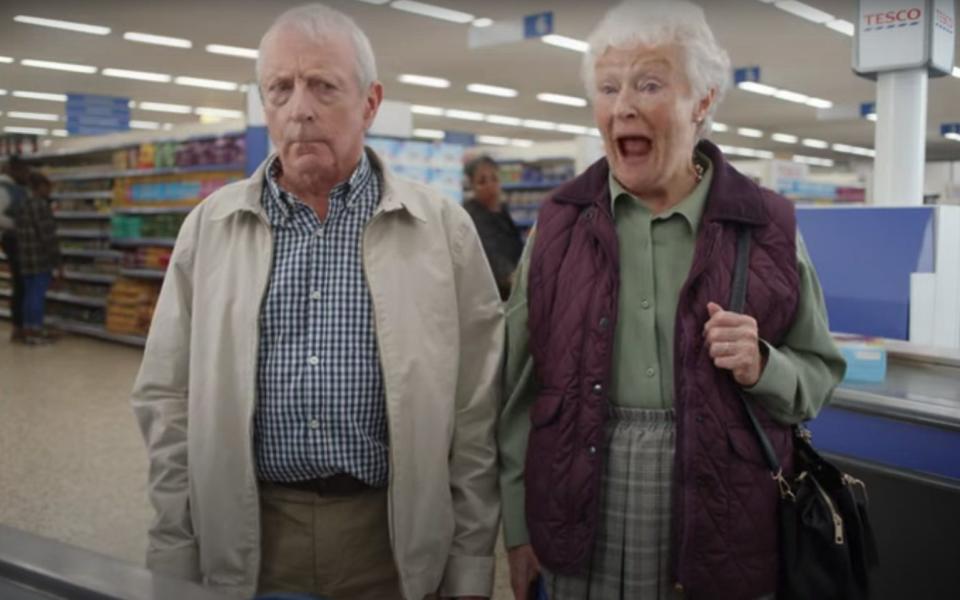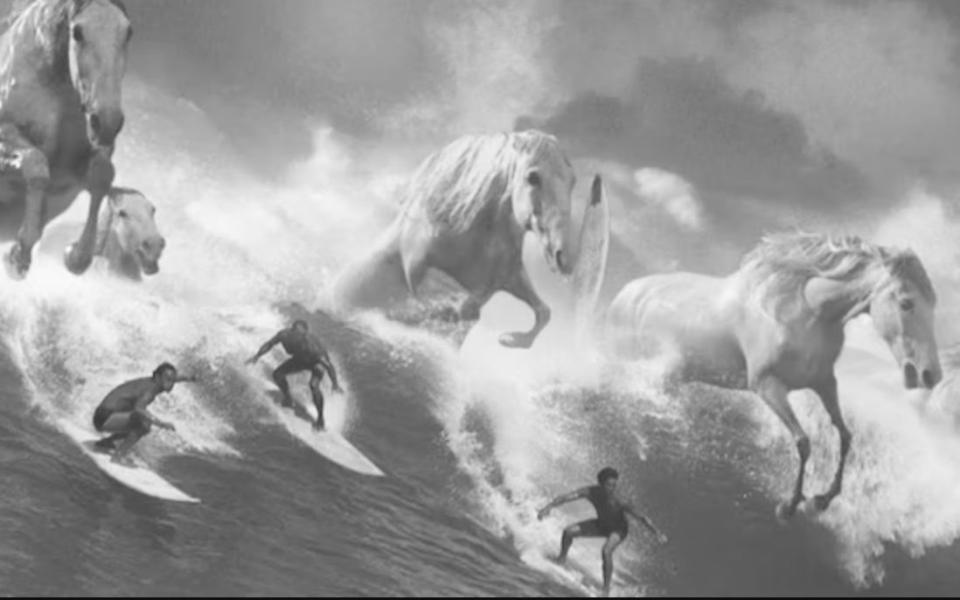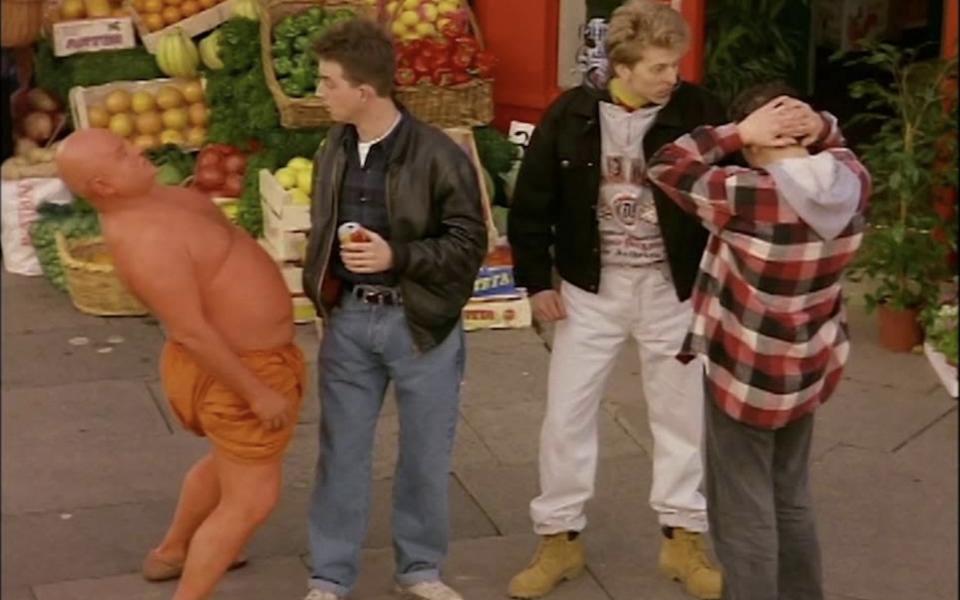‘Wokeism is destroying the industry’: why modern TV ads are so bad

As a happy new year present, Amazon Prime subscribers received an e-mail on January 3 warning them that “Starting February 5, Prime Video movies and TV shows will include limited advertisements. No action is required from you, and there is no change to the current price of your Prime membership. We will also offer a new ad-free option for an additional £2.99 per month.”
At least it was a fairly neutral read. Back in November Disney+ sent out an unnecessarily enthusiastic equivalent to the media: “Disney+ in the UK introduces its highly anticipated ad-supported subscription plan.”
Highly anticipated is one way of putting it. Grudgingly accepting the inevitable might be another. The idea that a service you already pay for should now insist on showing you adverts outraged even those in the ad business. One client at a large company – who preferred not to be named as “I’m going to have to do business with those assholes” – complained that “I am a Spotify subscriber. I pay for the service. But I get ads. I’m in advertising for a living and I think that’s a bit much. Free TV carrying ads, fair enough. But it feels like we’re paying twice.”
The problem is, streaming’s original business model hit the buffers. It was fine for Netflix to borrow heavily to fund programmes based on its subscription revenue when it was the only player. But then came Amazon and Apple and Disney+ and Peacock and Max and YouTube and Paramount Plus as well as the remaining cable platforms and, in the UK, ITVX, Sky, Britbox and BT.

Then the cost of living meant consumers started dropping subs – in the US, the autumn saw huge rates of churn as consumers switched between platforms. So-called FAST TV channels – aka “free, ad-supported television” – like Pluto, Roku and Tubi arrived and programme budgets kept on rising. Taking ad money seems like a simple solution, right?
In November, Netflix announced its ad-supported tier had reached 15 million active users at the end of its first year – a tiny slice of its 247 million subscribers. The company has been hiking prices on its ad-free options to nudge more consumers over, as commercials offer more revenue per user. Why aren’t people leaping at the cheaper option? Maybe it’s because ads these days are terrible.
A casual perusal of the likes of Mumsnet, Reddit and the usual social media channels reveals a rising frustration with the low quality of adverts flung at us today. Amongst the most despised were the terrifying Joker face Tesco Clubcard ads where shoppers acquire a giant, rigid distorted leer, plus anything from Verisure – with woefully hamfisted scripts such as:
Homeowner (opening door to chap in jacket with Verisure logo): Hi
Chap: I’m Jack.
Homeowner: Thanks for coming so quickly. Our neighbour was just burgled.
Chap: Oh, that’s awful. No worries. We’re here to protect.
Homeowner: You mean you can install today?
Chap: Yes!
And at the upper end, the Marc Jacobs Daisy Daisy Daisy comes in for some scorn – three waifs in white petticoats with daisy chains dance around in a field in a heightened state of ecstasy, sometimes holding hands in a ring o’ roses and at other times caressing an enormous bottle of perfume as if it’s a pagan totem. The buzz they get from sniffing a daisy suggests someone has sprayed the field with a new CIA chemical weapon. At the end, they grin inanely at the camera for far too long endlessly repeating “daisy daisy daisy daisy”, seemingly confirming the CIA theory.
“The consumers don’t like them, and they don’t perform for the client,” says Rob Rhode, a former creative director turned copywriter. “Commercial art that is truly art – like the 1984 Apple ad – how many people are capable of creating an ad like that? Less than one 10th of a percent. We are inundated with an unimaginable amount of crap. Go back to first principles, put the customer first, respect their intelligence and give them a reason to buy. Instead, we have lots of loud noises, silly gimmicks and gags. It’s cartoonish brazen rubbish and customers see through them.”
The problem, according to Laurence Green, director of effectiveness at the Institute of Practitioners in Advertising, is that advertisers are having to adapt to an increasingly rapid change in media environment.

“For 300 years print was the dominant advertising medium, then TV for the next 40 years, then internet search for 10 years, then social for three,” he explains. “How we consume has changed beyond belief. There are very few shared experiences these days. We don’t have those moments where 10 million watch – we don’t have the communal ties. Meanwhile, the likes of Google and TikTok lowered the barrier to entry so you can be an advertiser for £100.”
There has been, he points out, value capture by the tech industry which is working directly with advertisers who have tiny budgets and usually no creative agency. Because so many tech giants are US-owned they expect advertising to operate in the hard sell advertising culture spawned in the US – which is all about aggressive direct selling. The data-driven, ad cookie world they’ve created has a knock-on effect all the way up major companies.
“I’ve sat down recently with chief marketing officers who say that 10/15 years ago their job was to get good copy on air,” he explains. “Now it’s to manage a 300 person marketing science team doing 360 marketing – the time they can give to great creative is limited.”

Green was one of the founders of the ad agency Fallon, which achieved fame through its creative quirkiness and brand building success using ads such as the drumming gorilla for Cadbury’s Dairy Milk. The 2007 ad was a full 90 seconds and simply showed a man in a gorilla suit air drumming to In the Air Tonight by Phil Collins. First, broadcast at the end of August, it had six million YouTube views by November and boosted Dairy Milk sales by almost 10 per cent.
It came at the end of a glorious few decades in British advertising – 1984 saw Ridley Scott’s Apple ad and Levi’s Nick Kamen Heard it Through the Grapevine commercial which heralded an era including the Gold Blend Couple, You’ve Been Tangoed, Harry Enfield’s deranged Dime Bar/Armadillo campaign, Jonathan Glazer’s surfing horses for Guinness, Mel Sykes putting a flake in a pint of Boddingtons and the strangely moving Heinz ads featuring a long distance lorry driver and a Ladysmith Black Mambazo soundtrack hailing the hard work of a family man.
These ads became national talking points and turned the creatives responsible into stars. And many of them, Rhodes believes, would struggle to get made today for more than budgetary reasons.
“Wokeism is destroying the industry – ads are being used to push agendas and ideology,” he argues. “I think a lot of the CMOs don’t know what they want to see so when an agency comes and wows them they buy it. It’s social engineering over selling.”
Green doesn’t buy this argument. He points out that the most talked about ads of recent years don’t fit any agenda beyond “not being dull.” He cites the crazed “raise your arches” McDonald’s ad, where an entire office communicates its hunger for a burger through oscillating eyebrows over arthouse music weirdos Yello’s Oh Yeah, the touching Cadbury father/daughter garage spot where a dad tries to cheer up his girl during a long night shift and the heartbreaking Last Smile campaign from the Campaign Against Living Miserably which featured beaming smiles on the last photos taken of people before they committed suicide.
“We are walking our way back towards humour and brands,” he argues. “Google are beginning to roll back the use of cookies while GDPR concerns about privacy are kicking in after the wholly unregulated internet. You’re less likely to be chased around for a week by ads for something you’ve already bought or looked at once.”
As we’ll likely be watching a lot more ads this year, wouldn’t it be better if there were more ads that might actually engage us? Green believes the fact that tech companies like Amazon and Netflix are selling ads will help improve their quality.
“Amazon spends millions of dollar per episode on its shows and it won’t want tedious ads alienating viewers,” he argues. “We will be back to rewarding advertising that compliments content in the same way ITV used to. All the evidence shows that advertising that is interesting will save you money because people remember and love it. It’s like reality TV – the only thing that matters in casting is not being dull. I think this is the start of the counter-attack.”

